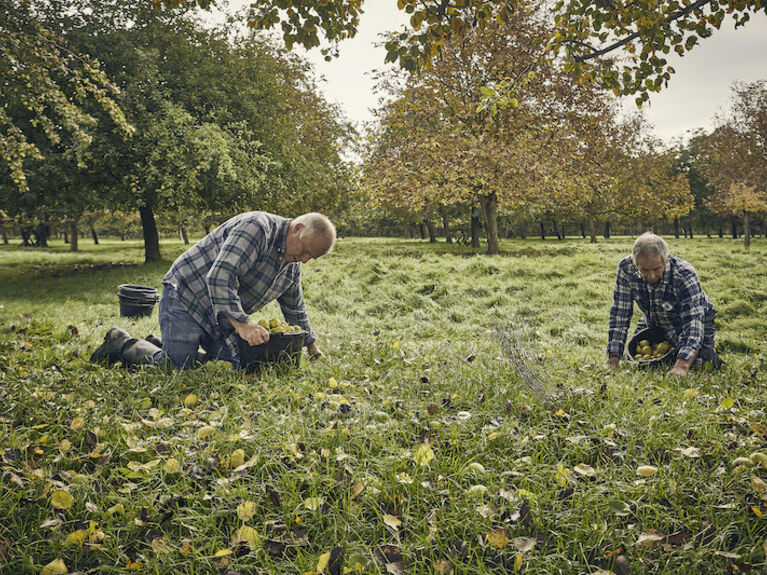Jess' adventures in London
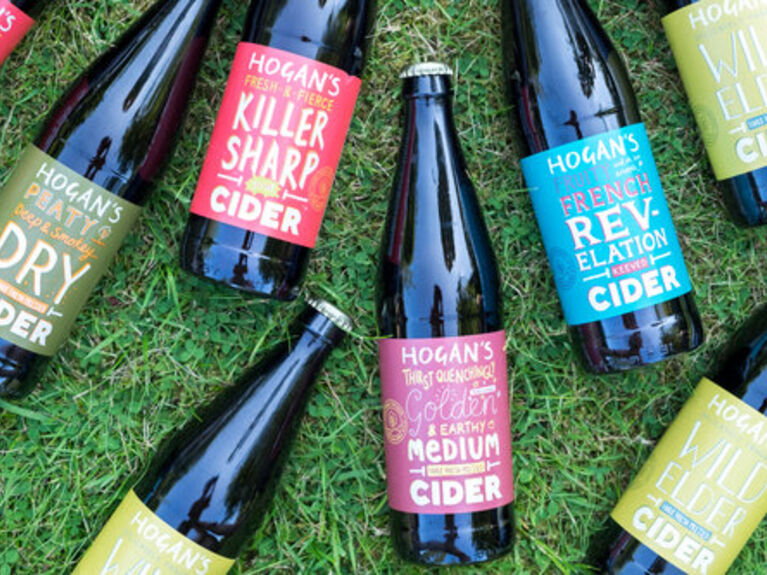
Beer and Cider Academy
Pommelier Course Part One
Cider Foundation Course
In the drinks industry cider receives a bad rep. It conjures up images of park benches and teenage drinkers, it also tends to get sneered upon by some people in the craft beer industry. So it was wonderful news to hear that the Beer and Cider Academy has set up a Cider course which aims to enlighten and enhance a passion for cider, with the hopeful outcome of receiving a newly distinguished title of Pommelier.
I received an invitation to head to London and check out the course; walking in felt like going into a classroom, but it was unlike any class I have ever had. We were each handed an informative booklet to accompany the presentation given to us by The Ciderologist, Gabe Cook. His clear and well thought out introduction to cider was engaging with bite sized information (with a touch of humour) that didn't leave your head reeling.
We started with the all important question: What is Cider?
"The result of the fermentation of apple juice, whereby yeast converts sugar to alcohol"
We covered the fact that cider is truly misunderstood, especially when compared to wine and beer, how the connotations associated with cider (park benches, teenagers, red faced farmers) had a rebrand in Summer 2006, which was known as the 'Magner's Effect'. The idea was to make cider into a premium product and thus this started the ball rolling for the idea of 'craft cider'. The back story of cider feeds well into the idea of different cider contributors, as over the millennia apples have been selected for their different aspects; whether this was for eating or to be fermented. This led to the discussion of the 'Holy Trinity' of apples and pears: acid, polyphenols and sugar. All of these contributing factors help in predetermining the best variety of apples for different styles of cider, as well as different yeasts (cultured or wild), methodology (fermentation styles) and adding of different flavours. (Did you know there is evidence that people in the 1660's used to add ginger!)
It is easy to define different beer styles (pale ales, IPA, etc..) or wine families but at this stage of the course Gabe opened up the discussion of different Cider families and styles, he came up with 5 major groups of cider; Phenolic, Acid, Perry, Flavoured and Ice. These families were then broken down further as apple variety, methodology, yeasts, and flavours all help create differentiating styles. This is where we got to the exciting bit of tasting! We tried 11 different ciders and perries. We looked at how to taste cider which is not restricted purely to the mouth. We determined a cider by sight, smell, taste and mouth feel. During this tasting we also had a go at something that is yet underrated: Food and Cider matching.
After lunch we got down to the nitty gritty of the cider making process which involves seven key steps:
Harvesting --> Milling and Pressing--> Fermentation --> Maturation --> Blending --> Stabilisation----> Packaging.
At this point of the course we had a 30 minute assessment (which I passed, woo!). I would say the overall experience was enlightening and also helped me rediscover my passion for cider. It was presented well and didn't leave you over burdened with information, in fact it left you with a desire to learn more... which I got a chance to with the Advanced Cider Course...
More Articles
News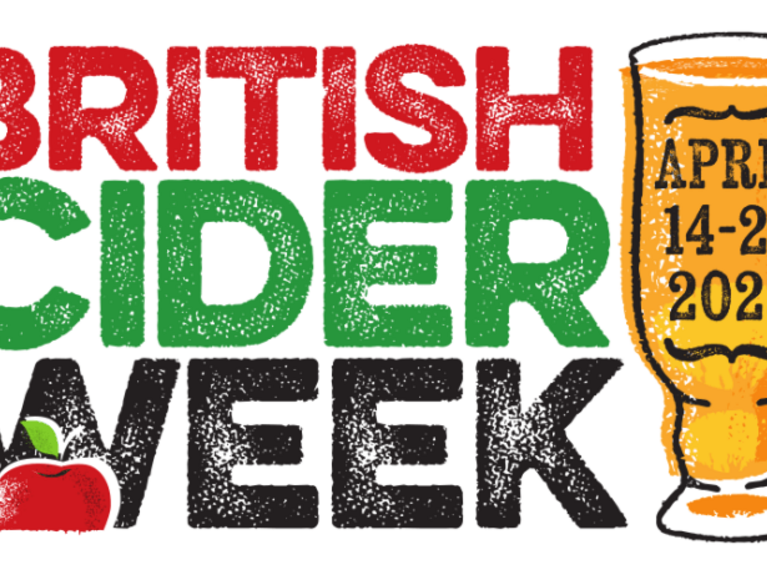

British Cider Week
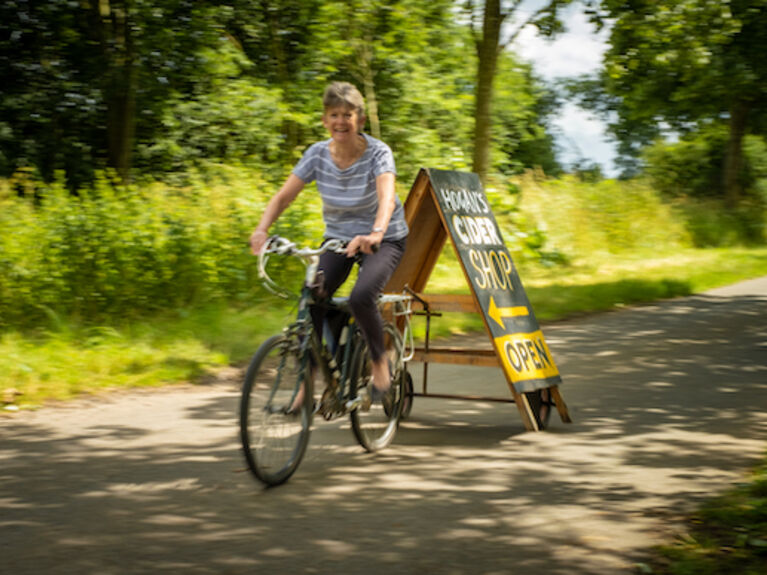

Overdue catchup!
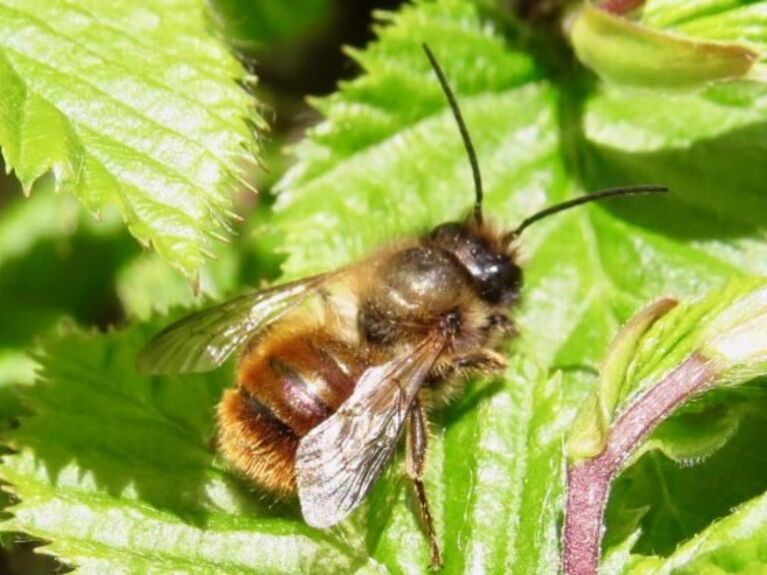

Buglife - caring for those insects....
